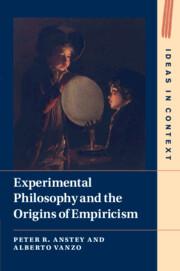The description and delineation of trematode species is a major ongoing task. Across the field there has been, and currently still is, great variation in the standard of this work and in the sophistication of the proposal of taxonomic hypotheses. Although most species are relatively unambiguously distinct from their congeners, many are either morphologically very similar, including the major and rapidly growing component of cryptic species, or are highly variable morphologically despite little to no molecular variation for standard DNA markers. Here we review challenges in species delineation in the context provided to us by the historical literature, and the use of morphological, geographical, host, and molecular data. We observe that there are potential challenges associated with all these information sources. As a result, we encourage careful proposal of taxonomic hypotheses with consideration for underlying species concepts and frank acknowledgement of weaknesses or conflict in the data. It seems clear that there is no single source of data that provides a wholly reliable answer to our taxonomic challenges but that nuanced consideration of information from multiple sources (the ‘integrated approach’) provides the best possibility of developing hypotheses that will stand the test of time.

